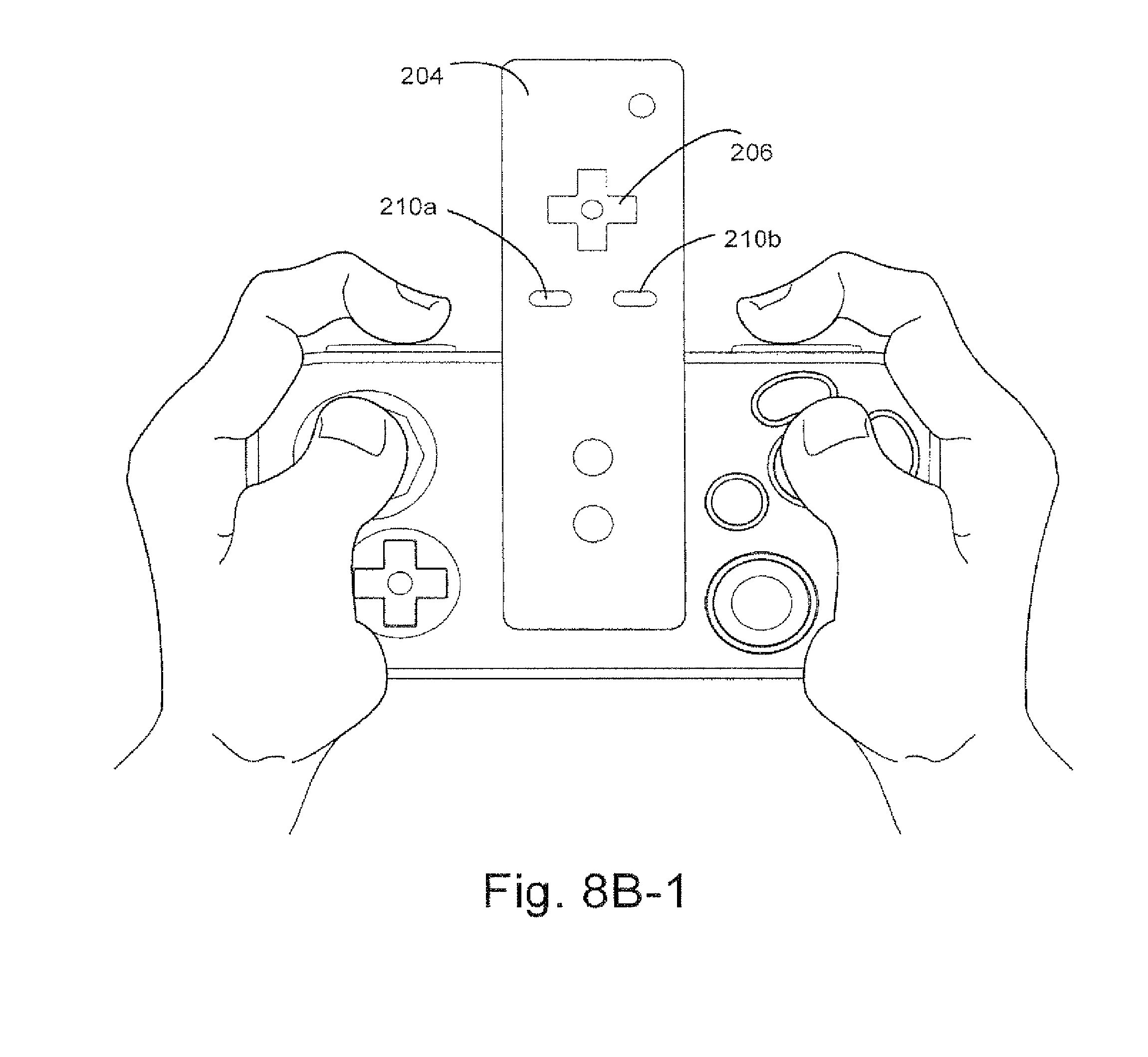Everyone has ideas, and that’s good. But some of those ideas are strange, if not crazy, and the worst news of all is that we have almost no way to hear about them so that they can fascinate and occasionally confuse us.
Luckily, however, Google Patents exists, and it’s a valuable resource to learn about all kinds of ideas, both brilliant and … let’s just say “unique.”

Unlock premium content and VIP community perks with GB M A X!
Join now to enjoy our free and premium membership perks.
![]()

![]()